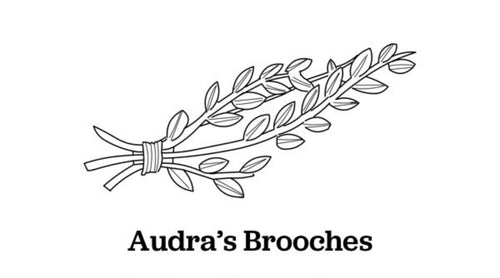At first I thought it was made from plaster. A kind of tourist memento that has survived over 100 years. Some quick internet research proved me wrong.
This is what I have learned so far.

A Victorian lava brooch typically refers to a piece of jewellery from the Victorian era (1837-1901) that features carved lava stone as its primary material. These brooches were popular during the 19th century, especially in the mid to late Victorian period due to the discovery of the the buried cities of Pompeii, Herculaneum and Stabiae circa 1748.
It is not created from molten lava but rather from the cooled and solidified volcanic rock, known as lava stone. Lava stone, often sourced from volcanic regions such as Italy's Mount Vesuvius or Mount Etna, was carved and polished to create intricate designs brooches, cameos, and pendants.

Wearing these brooches connected the Victorians to ancient history, the natural world and reflected their shared values of foreign travel, higher education and classical art.
These brooches often featured detailed relief carvings depicting classical or romantic motifs, such as portraits, mythological scenes, or floral patterns. They were highly prized for their unique appearance and craftsmanship and are still sought after by collectors today.
Audra Daws-Knowles 2024

